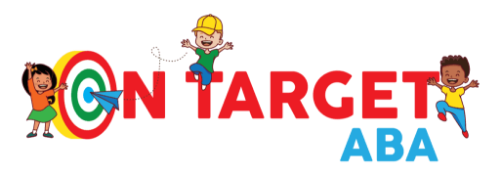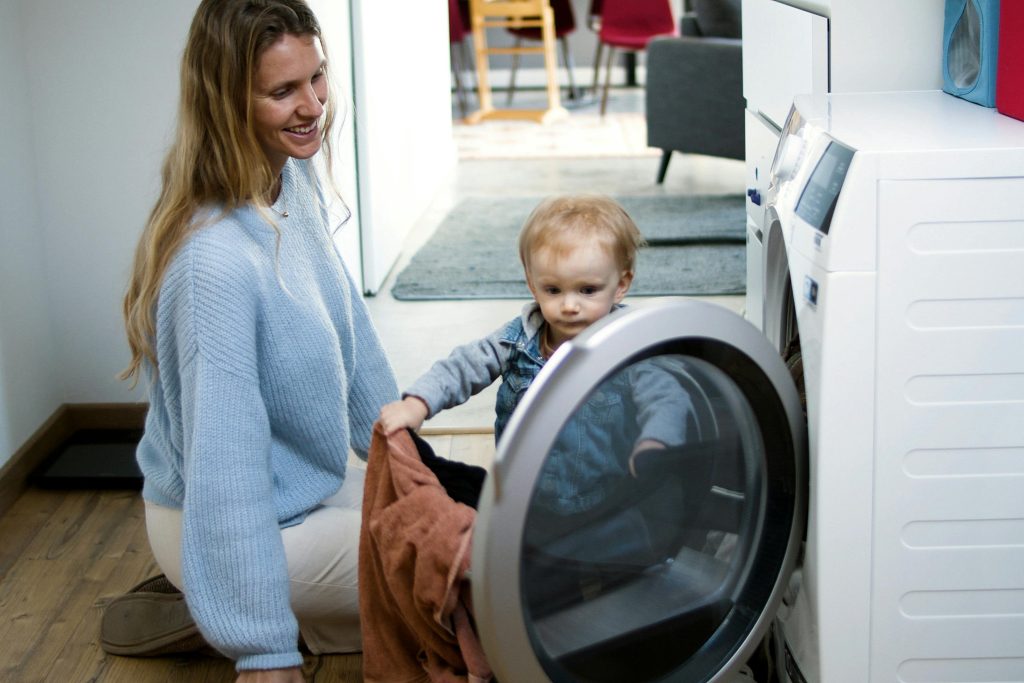🧠 AI Summary:
This blog explores why consistency and routines are essential for success in ABA therapy. Parents will learn how predictable structure reduces anxiety, improves communication, and helps children generalize skills from therapy to daily life. Drawing from On Target ABA’s compassionate, structured approach, this guide offers practical tips families can use at home to create calm, confidence, and steady progress.
Introduction: The Power of Predictability
For children with autism, the world can sometimes feel unpredictable and overwhelming. That’s why consistency is one of the most powerful tools in ABA therapy. Predictable structure helps children understand expectations, feel safe, and learn new skills faster.
At On Target ABA, we’ve seen firsthand how consistent routines create confidence — both in therapy and at home. When the same strategies, rewards, and expectations are used across settings, learning doesn’t just happen in sessions — it becomes part of everyday life.
Why Consistency Matters in ABA
ABA therapy is built on repetition and reinforcement. When children experience consistent rules, responses, and routines, they begin to predict outcomes — and that predictability drives learning.
The Benefits of Consistency
- Builds trust: Children know what to expect.
- Reduces anxiety: Predictable transitions minimize stress.
- Improves generalization: Skills practiced in therapy transfer to new environments.
- Encourages independence: Familiar patterns help kids complete tasks on their own.
Consistency isn’t just a therapy technique — it’s the foundation of meaningful progress.
The Science Behind Structure
Behavior analysts know that structure supports learning because it creates clear contingencies between actions and consequences.
When a child receives the same prompt, reward, or response every time they complete a task, their brain starts to connect the dots faster.
For example:
- If a child is always praised when they say “help,” they learn that communication is effective.
- If the bedtime routine follows the same steps each night, transitions become smoother.
Consistency doesn’t eliminate flexibility — it builds a framework that helps children adapt more successfully when things do change.
Daily Routines That Reinforce ABA Goals
At On Target ABA, we help families extend therapy gains through daily structure. Here are practical ways to keep progress strong outside the clinic:
Morning Routine
- Use a visual schedule for dressing, breakfast, and teeth brushing.
- Offer consistent praise for each completed step.
- Keep wake-up and meal times the same each day when possible.
Mealtime Routine
- Encourage children to ask for utensils or food items verbally or with visuals.
- Reinforce sitting at the table and taking turns.
- Maintain a calm, distraction-free eating space.
Playtime Routine
- Schedule regular sensory or outdoor play sessions.
- Use consistent expectations like “first play, then clean up.”
- Reinforce cooperative play using token boards or sticker charts.
Bedtime Routine
- Follow the same order each night (bath → pajamas → story → lights out).
- Use calming visuals or a bedtime song cue.
- Praise your child for staying in bed or following steps independently.
Consistency Between Home and Therapy
True progress happens when families and therapists speak the same behavioral “language.”
At On Target ABA, collaboration with parents ensures continuity:
Our Team Helps Families:
- Understand therapy goals and data tracking.
- Learn reinforcement techniques used in sessions.
- Receive customized visuals, token systems, and scripts for home use.
Families Help Us:
- Share what works best at home.
- Practice skills outside sessions (like waiting, transitions, or requesting).
- Communicate changes in routines or challenges for therapist adjustment.
When everyone works together, consistency becomes natural — not forced.
Handling Inconsistency or Change
Change is inevitable, but it doesn’t have to disrupt progress. ABA helps children prepare for flexibility by practicing transitions gradually.
Try these strategies when routines change:
- Give warnings before transitions (“In five minutes, we’re leaving”).
- Use visual countdowns or timers.
- Offer a preferred reinforcer after a successful transition.
- Maintain calm, positive body language.
The goal isn’t to avoid change — it’s to teach children how to handle it with confidence
How On Target ABA Promotes Consistency
.At On Target ABA, we design therapy that naturally blends structure with joy. Each program includes:
- Personalized routines for every child’s goals.
- Parent training to ensure home alignment.
- Visual and sensory supports to make transitions smoother.
- Data tracking to measure consistency and progress.
Whether in our Autism Scholarship Program (ASP), in-home therapy, or center-based sessions, our mission is to create a world where every child feels safe, understood, and confident.
Conclusion: Progress Built on Patterns
Routines aren’t about rigidity — they’re about reliability. When children know what to expect, they can focus on learning, communicating, and connecting.
Through consistency, ABA therapy turns everyday life into a predictable path toward growth.
At On Target ABA, we help families make that path clear, supportive, and filled with milestones worth celebrating. 💙

